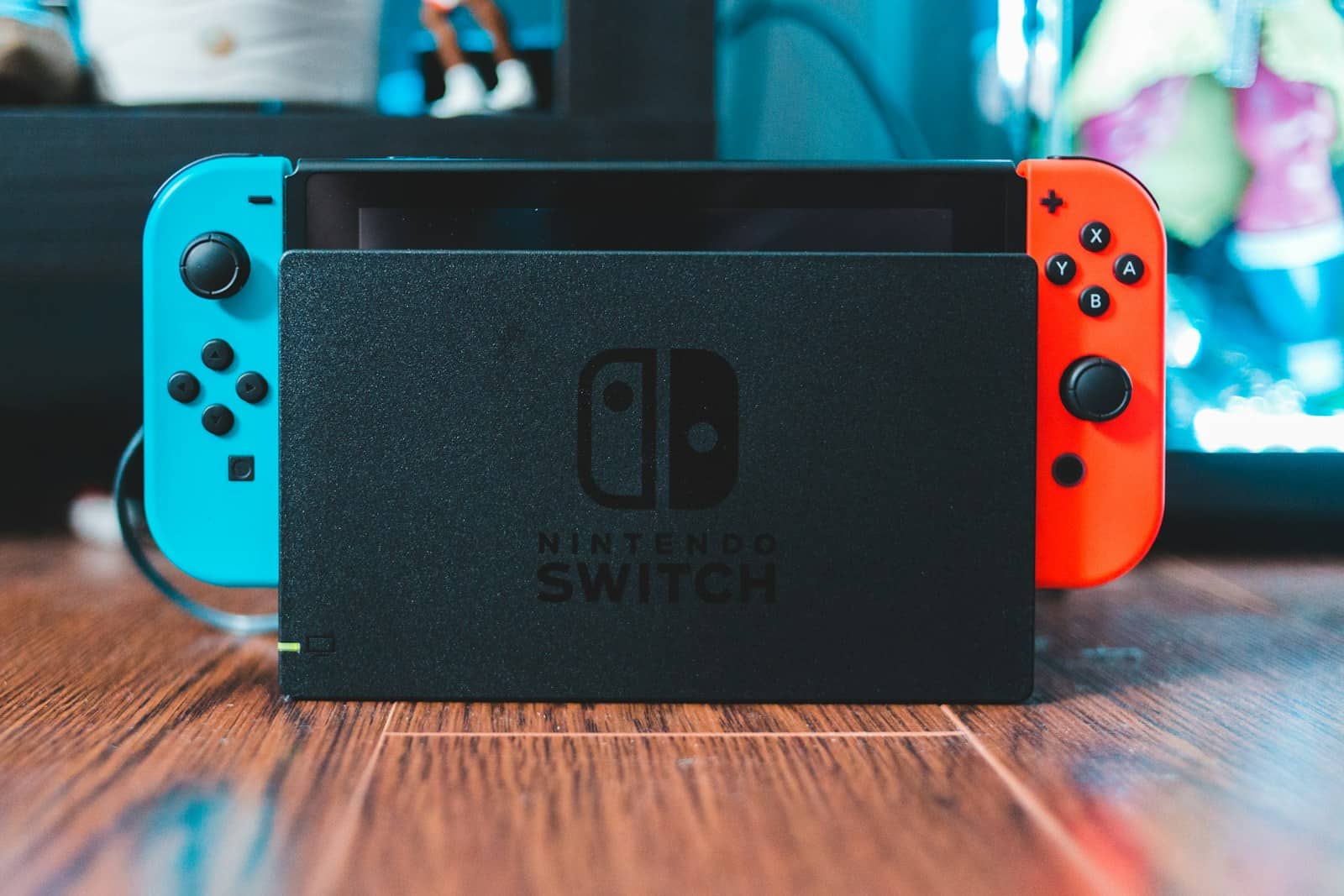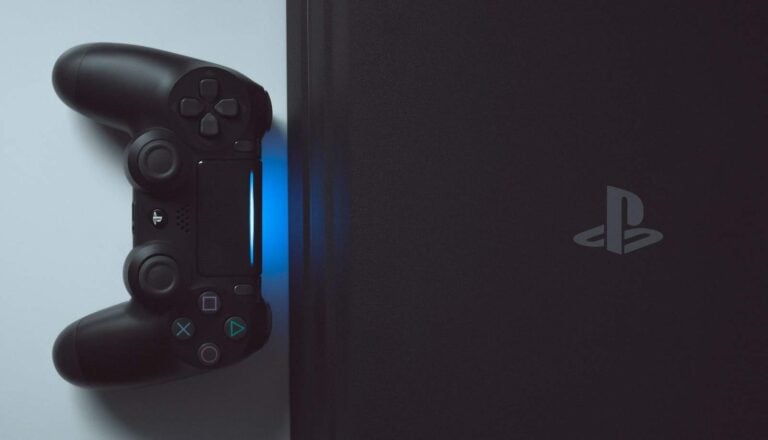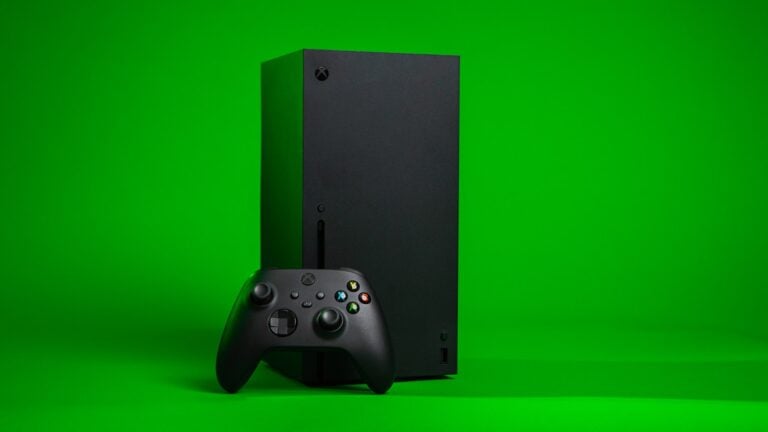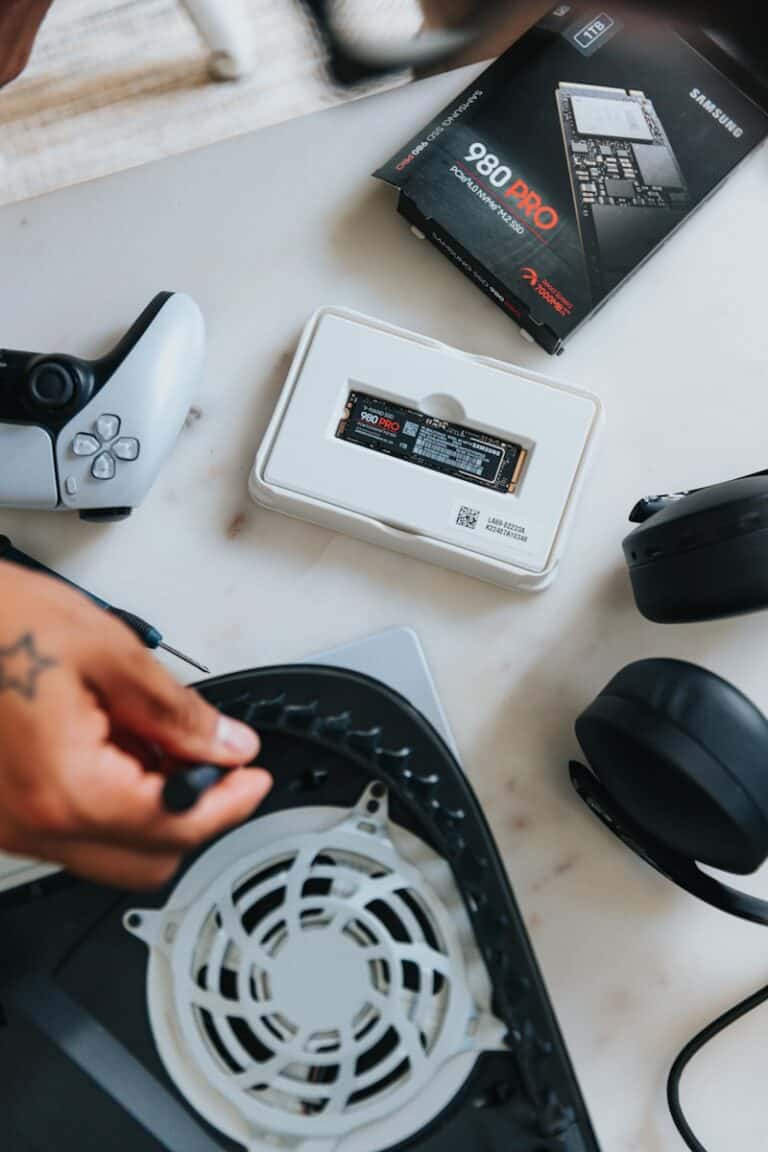
Nintendo Switch data corruption can be a significant issue, leading to lost game saves and other important data. This guide will address the common causes of data corruption, how to identify it, and the role of system software in both preventing and resolving these problems.
How to Address Nintendo Switch Data Corruption
Understanding the Causes
Here are some common causes of data corruption on your Nintendo Switch:
- Improperly removing the microSD card: Pulling the card out while the Switch is powered on, instead of safely ejecting it, is a common culprit.
- Hardware issues: If the microSD card itself is faulty or the Switch’s card reader is damaged, that can lead to corruption.
- System software problems: In rare cases, corrupted system files on the Switch can interfere with data on the SD card.
Potential Solutions
Here’s a table of troubleshooting steps you can try, along with estimated time for each:
| Solution | Estimated Time |
|---|---|
| Restart your Switch | 1-2 minutes |
| Clean the microSD card and slot | 5 minutes |
| Check for corrupt data in the system settings | 2-3 minutes |
| Re-download the affected software | Varies |
| Format the microSD card | 5-10 minutes |
| Initialize console without deleting save data | 10-15 minutes |
Important: Formatting your microSD card or initializing your console will erase data. It’s best to try the other solutions first.
How to Restart Your Switch
- Hold down the power button on top of the console for a few seconds.
- Select “Power Options.”
- Choose “Restart.”
How to Clean the microSD Card & Slot
- Turn off your Switch and remove the microSD card.
- Gently wipe the card’s contacts with a soft, dry cloth.
- Use a can of compressed air to clean any dust out of the SD card slot.
Checking for Corrupt Data
- Go to “System Settings” on your Switch.
- Select “Data Management.”
- Choose “Manage Software.”
- Find the software you suspect is corrupt and select it.
- Underneath, choose “Check for Corrupt Data.”
If it finds corrupt data, you can try re-downloading the software. If it still has issues, try the other solutions below.
Understanding Data Corruption on Nintendo Switch
Common Causes of Data Corruption
Corrupted data on the Nintendo Switch often stems from several factors. One notable cause is improper shutdowns. Abruptly turning off the console without exiting games properly can lead to data loss. Additionally, faulty hardware, such as a damaged memory card, can corrupt save files. MicroSD cards can develop bad sectors over time, which negatively impacts the data stored on them.
- Improper shutdowns
- Faulty hardware or accessories
- Bad sectors on memory cards
Identifying Corrupted Data
When data on a Nintendo Switch becomes corrupted, the console typically displays an error message. To confirm corruption, users can navigate to the Switch’s Data Management settings. Here, they can check for anomalies or errors with their game files. If a file is corrupted, the system will often recommend actions to resolve the problem.
- Error Messages: Pop-ups that indicate possible corruptions.
- Data Management Checks: Manual inspections through the console’s settings.
System Software and Updates
Staying current with system updates can be crucial to preventing data corruption. These updates often include fixes that help maintain the console’s health. If corruption occurs, a system update may resolve underlying issues. Additionally, managing the console’s data through the Data Management settings can help keep the system running smoothly.
- System Updates: Regularly updating the console to reduce glitches.
- Data Management: Keeping track of game data to catch corruption early.
Preventing and Managing Corrupt Data
Maintaining a Nintendo Switch in good shape involves preventing data corruption and managing it effectively when it occurs. Heed the following advice to keep your gaming experiences smooth.
Using SD Cards Properly
System Settings and Data Management are your go-to spots to manage software and check your SD card’s health. Use high-quality microSD cards and ensure they are properly inserted into the Nintendo Switch. Additionally, formatting your SD card with the Switch can help avoid data issues.
Regular Backups and Saving Practices
Regularly backing up saved data to the cloud (for Nintendo Switch Online subscribers) or local memory can prevent heartbreaking data loss. Go to System Settings, then Data Management, and choose to back up save data. Also, ensure your console’s battery has enough charge while saving game progress to avoid sudden power cuts that can lead to corrupted data.
Ensuring Proper System Updates
Keeping your Nintendo Switch up to date is crucial. The latest system updates often include fixes that can prevent data corruption. To update, select System Settings and navigate to System, then System Update. Never interrupt an update process, as this can be a common cause of corrupted files.
Troubleshooting and Fixing Data Corruption
When Nintendo Switch games begin to act up, it’s often due to corrupted data. Addressing these errors quickly ensures that gamers can return to their favorite titles without losing progress.
How to Check for and Fix Corrupted Data
Checking for corrupted data
- Go to the Home Menu.
- Select System Settings.
- Scroll to and choose Data Management.
- Click on Manage Software, then Check for Corrupt Data.
Fixing corrupted data
- If corrupt data is found, the system will provide an option to Repair the software.
Support and Repair Options
- Contact Nintendo Support if issues persist after attempting to fix corrupted data.
- For hardware issues or severe data damage, Nintendo offers repair services.
Redownloading Games and Save Data
If troubleshooting doesn’t fix the issue, another option is to redownload the game:
- Delete the game (not the save data) from the Home Menu.
- Access the Nintendo eShop.
- Locate the game under your profile and select Redownload.
For save data, subscribers to Nintendo’s online service may have cloud backups:
- Check if a cloud save exists under Save Data Cloud Backup.
- If available, you can redownload and restore your game’s progress.
Frequently Asked Questions
When you run into trouble with your Nintendo Switch, such as corrupted game data, you’ll want quick and reliable solutions. This section answers common questions to get you back to gaming as soon as possible.
How can one fix corrupted game data on a Nintendo Switch?
To fix corrupted game data, start by restarting your Nintendo Switch. If that doesn’t resolve the issue, you can try redownloading the game from the Nintendo eShop. If the game is on a cartridge, check it for physical damage.
What are the steps to repair a corrupted SD card on a Nintendo Switch?
Repairing a corrupted SD card involves turning off the Switch, removing the SD card, and connecting it to a computer. Use disk utility software to diagnose and potentially repair any issues. Afterwards, reinsert the SD card and check if the problem persists.
What causes game data on the Nintendo Switch to become corrupted?
Game data can become corrupted due to interruptions during downloading or saving, faulty SD cards, or software glitches. Sometimes, removing the game cartridge while the system is on or shutting down the system improperly can also lead to corruption.
Is there a way to check for corrupted files on a Nintendo Switch?
Yes, you can check for corrupted files by going to ‘System Settings,’ selecting ‘Data Management,’ choosing the game in question, and then clicking on ‘Check for Corrupted Data.’
What should be done if an error indicates data corruption on a Nintendo Switch?
If you encounter an error message about data corruption, you should first restart the Switch. If restarting doesn’t resolve the issue, consider checking for corrupted files or redownload the game. Contacting Nintendo Support can also be a good step for further assistance.
Are there preventive measures to avoid data corruption on the Nintendo Switch?
To minimize data corruption risks, ensure your console’s software is up to date, power down the system properly, use only reputable SD cards, and avoid interrupting any saving or downloading processes. Taking care of your physical game cartridges is also important.






